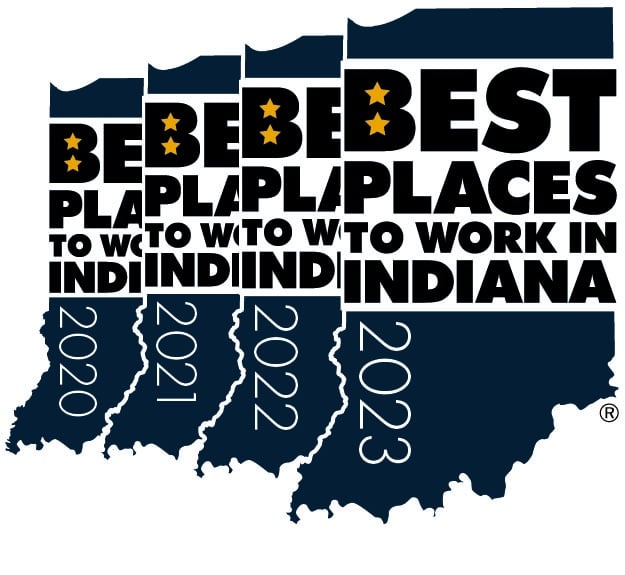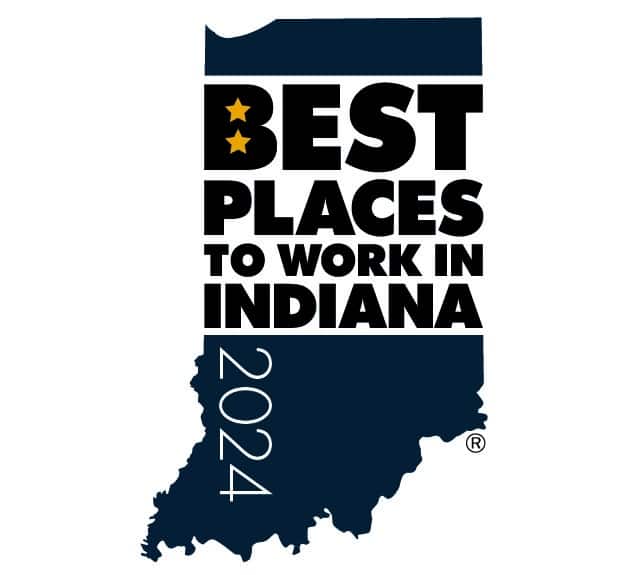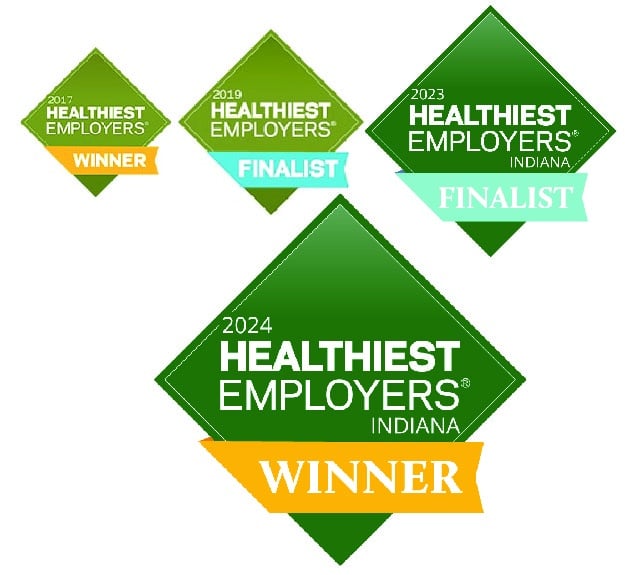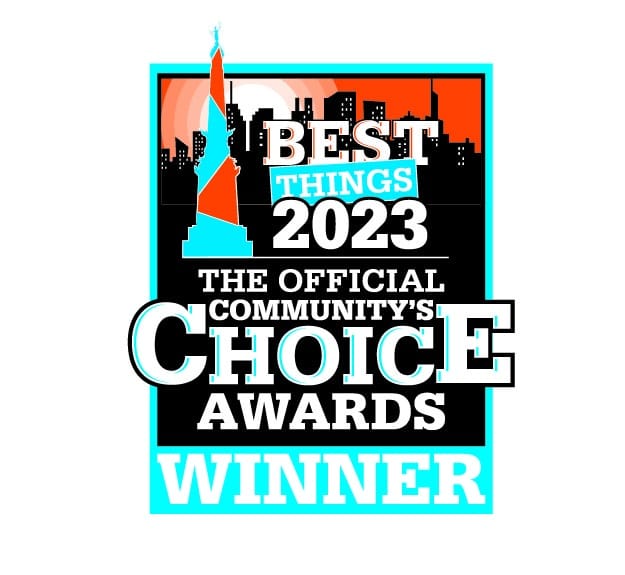The Guiding Principles of HR
BY KELLY MANNING | Benefits & HR Advisor

At its core, human resources is the art of implementing employer vision on an internal scale. Through working in tandem with leadership and employees, professionals in the HR industry are able to take steps to ensure both that the company is set up for workforce success and that each employee is able to enjoy a positive and beneficial relationship with both the company and their fellow employees. Because of this, HR professionals work to develop strategic objectives, streamline processes, and maximize performance based on best practices.
I’ve determined several guiding principals throughout my career that have helped lead organizations and personnel towards greater success; guiding principals that can help everyone involved attain a greater level of satisfaction and effectiveness.
Develop A Meaningful & Effective HR Strategy
Just as successful companies don’t move forward without an overarching mission statement, HR professionals should try to first enact an HR strategy that fits within the company’s mission and works with a strong purpose toward improvement. While aspects of the profession such as cost-cutting and compliance are necessary, simply enacting these separate from a larger company philosophy is not a likely path towards success.
For instance, while working with a company involved in the health care industry, I went through two three-year accreditation surveys for the organization. We passed on compliance, which is a key element of the process, but the intangibles at work within the organization were what set us apart. Through enacting the core values of the organization to the benefit of the staff, we received one of the top survey scores in the state.
Review Benefit Offerings Thoroughly and Often
Increasingly so today, benefits and benefit packages are one of the most important tools in employer arsenals for both recruiting and maintaining top talent. However, without an update of benefits to best appeal to and help the current workforce, benefits can fall short of their potential to help assemble and maintain a top-tier group of employees.
As a suggestion, companies with a younger workforce may consider a higher-deductible, lower premium medical plan instead of a traditional low deductible PPO plan with a high employee premium. These employees typically visit the doctor less and are more concerned with the amount in their paycheck. By not adequately structuring your benefits package around what you know about your current and target employees’ wants and needs, you are not only harming retention but also driving recruitment to your competitors.
Embrace Technology, & Use it to Your Advantage
No matter which company you work with, one thing remains consistent: the benefits of web-based and technological services can’t be denied, and they are here to stay so it is massively to your advantage to leverage them to their maximum possible extent. Through technology, the HR team and employees alike can access pertinent information at a moment’s notice, or even on the go. Additionally, employee self-service through technological tools allows HR to take a more strategic approach.
When transitioning from paper applications to an online recruitment platform, we freed up more recruiter time from data entry and allowed them to shift it towards new recruitment efforts. By freeing up day-to-day operations through technological tools, the team is able to work more meaningfully towards accomplishing the organization’s objectives.
Ensure That Front-Line Managers are Practiced in HR Knowledge & Capabilities
Unfortunately, a common pitfall among organizations is the lack of training and empowering of front line managers. Most often, these are the employees that are interacting with the most applicants, other employees and the organization’s customers each day, but they lack the training to help them best enact their organization’s goals.
For example, although Indiana is an “at will” employment state, employees are protected against discrimination under Title 7 of the Civil Rights Act and may file a claim if they feel their termination was a result of discrimination. If an employer knows that an employee has a disability, they must walk through an ADA-sanctioned accommodation process. However, managers unversed in HR processes may neglect to do this and as a result, be subject to the court often ruling against their organization. By training and collaborating with managers, HR can best ensure that managers can handle sensitive employee issues, identify top talent and represent the organization appropriately.
Develop & Evolve Recruitment Strategies
When recruiting for an organization, especially if that organization is in urgent need of new employees, hastily filling a position can often backfire and lead to even more work and higher costs in the long term. If new employees are not qualified or not the right fit for a position, they could harm the performance of other employees, bringing the productivity of the team down. Additionally, their potential vacating of the position through quitting or being released generates a new cycle of inefficient recruiting.
By developing a consistent recruitment strategy that remains attractive to potential target employees, even when no new positions are open at the moment, HR can ensure that when new employees are needed, they are qualified to do the job and maintain the quality of the organization.
Ultimately, a company’s mission, quality and business practices, both internal and external, will determine their position in the marketplace and overall viability. With the right combination of scrutiny, strategy, training, specialized tools and methodology, and compliance, HR professionals can take a leading role in guiding, or even transforming, the future of their company and its employees.












